Improving Financial Close Efficiency in 2025
Improving Financial Close Efficiency in 2025

Automation is no longer a luxury; it is essential for modern finance teams. Tools like robotic process automation (RPA) can handle repetitive tasks such as data entry, reconciliations, and report generation.
- Reduces human error
- Frees up time for strategic activities
- Ensures compliance with standardised workflows
Disparate systems and siloed data are major barriers to an efficient close. Implementing integrated financial platforms, such as Prophix One, can centralise data, providing a single source of truth for all financial activities.
- Real-time data integration
- In-memory data processing for speed
- Automated consolidation and reporting
Collaboration is critical during the close process, especially in remote or hybrid work environments. Workflow management tools can streamline approvals, track progress, and facilitate communication among team members.
- Implement role-based task assignments
- Use automated reminders for pending approvals
- Monitor progress through visual dashboards
Standardising the financial close process ensures consistency and reduces confusion. Documenting procedures, roles, and timelines creates clarity and accountability within the team.
- Create a detailed financial close checklist
- Define key milestones and deadlines
- Train team members on standardised processes
AI-powered tools can analyse patterns and identify anomalies in financial data, allowing teams to focus on exceptions rather than routine entries.
- Fraud detection
- Predictive analytics for forecasting
- Enhanced accuracy in reconciliations
Tracking KPIs related to the close process helps identify bottlenecks and areas for improvement. Some essential KPIs to monitor include:
- Days to Close
- Number of Manual Adjustments
- Accuracy of First-Time Reconciliations
With increasing regulatory scrutiny, ensuring data security and compliance during the financial close process is non-negotiable. Implementing secure platforms with built-in compliance features can mitigate risks.
- Use platforms with role-based access controls
- Regularly update and audit compliance protocols
- Maintain detailed audit trails
Even with the best tools, a knowledgeable and skilled team is vital for efficient financial close. Ongoing training ensures your team stays updated on the latest technologies and best practices.
- Offer workshops on new financial tools
- Provide resources for staying current on regulatory changes
- Encourage cross-training to build team resilience
In 2025, improving financial close efficiency requires a combination of advanced technology, streamlined processes, and skilled personnel. By embracing automation, leveraging integrated platforms, and fostering collaboration, finance teams can achieve faster, more accurate closes while reducing stress and errors. These improvements not only enhance operational efficiency but also provide a competitive edge in today’s fast-paced business environment.


